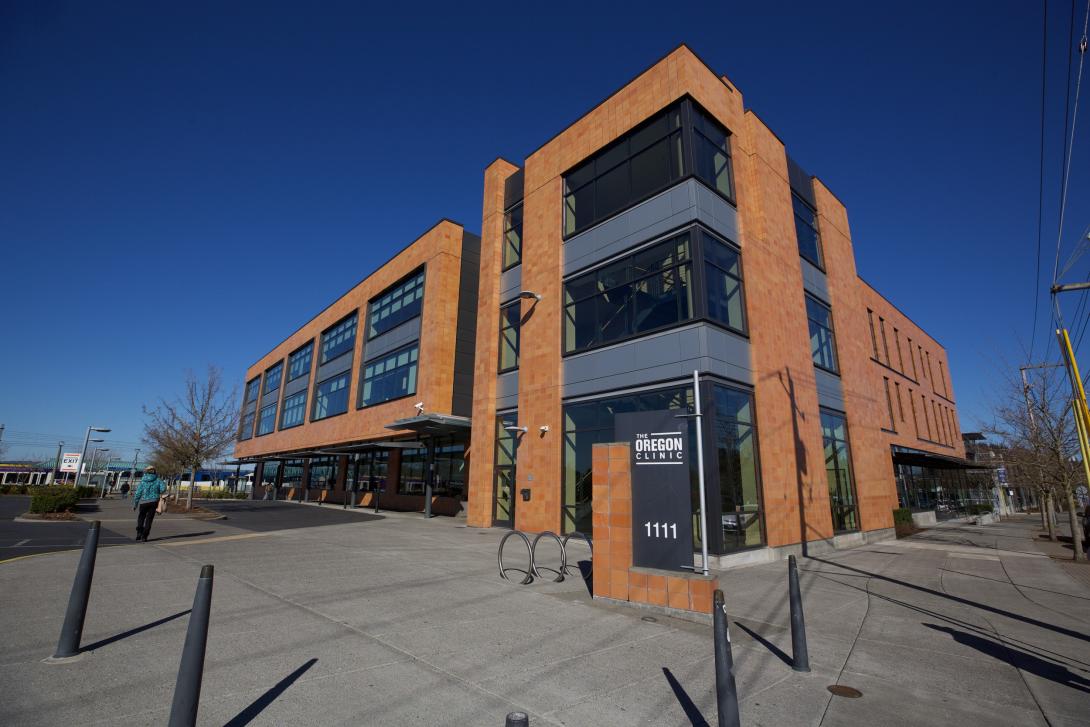April 22, 2020
Image

Oregon Clinic.
|
OREGON CLINIC
Oregon’s for-profit medical clinics have joined the long queue of businesses seeking help from the state and federal government to cope with the fi